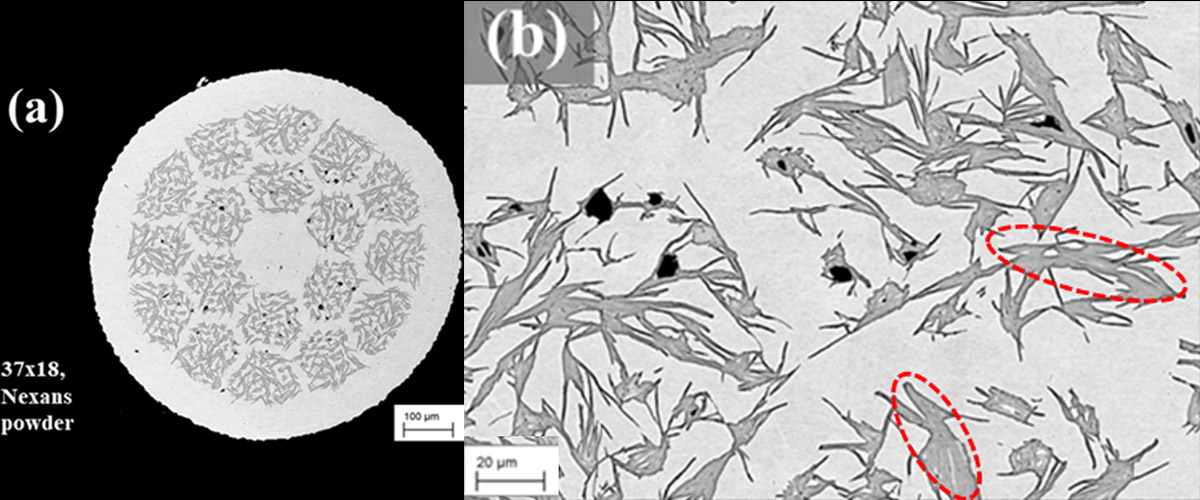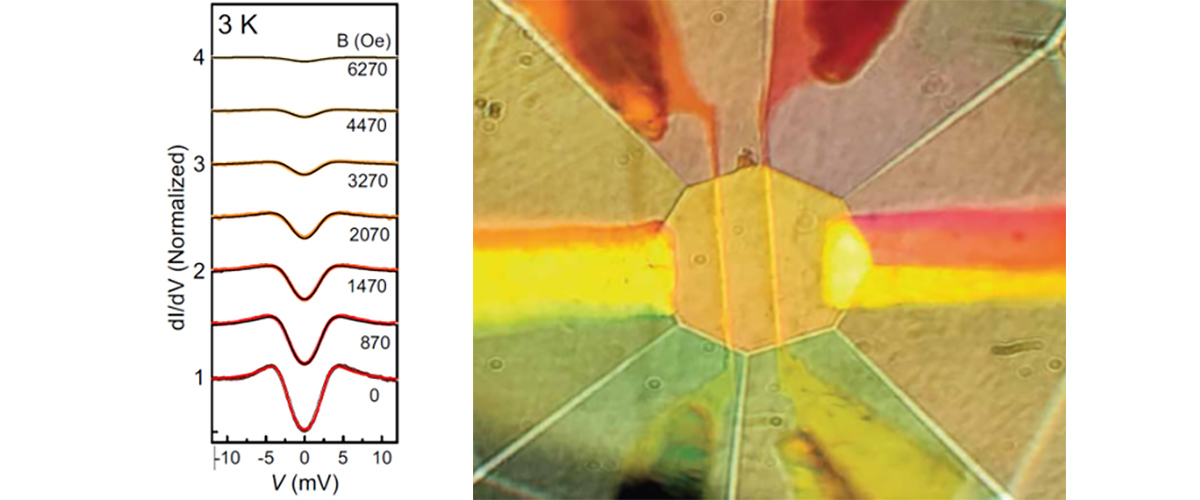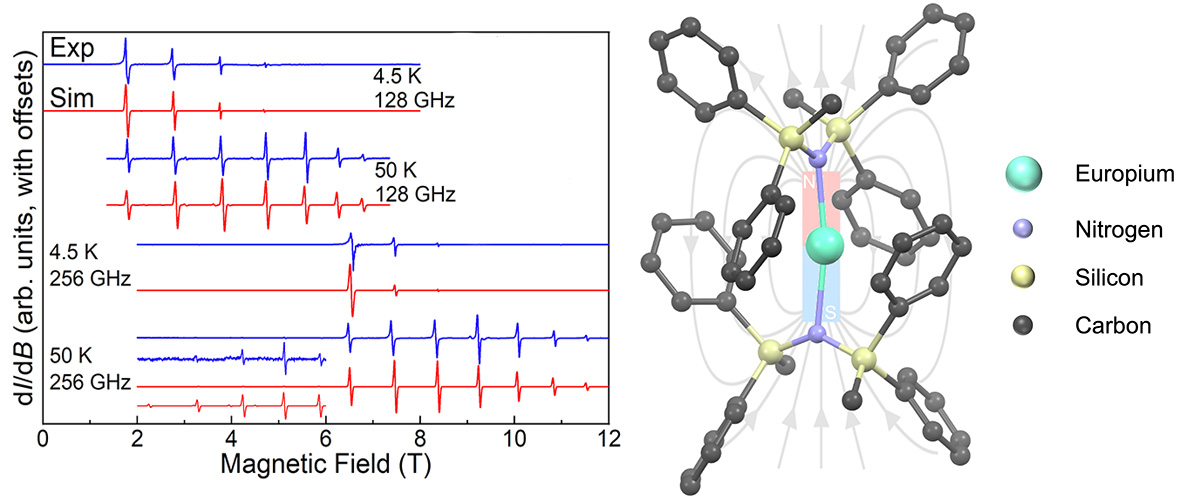What did scientists discover?
Round wires made with Bi2Sr2Ca1Cu2Ox (Bi-2212), a high-temperature superconducting material, have been developed to feature enhanced performance that meets an important efficiency requirement of the largest nuclear energy project in the world (ITER).
While the MagLab and its Applied Superconductivity Center have worked to improve key performance properties of Bi-2212 conductors, this highlight focuses on the reduction of “magnetization losses" which result from circulating currents that are induced inside the conductor in response to the changing magnetic field. By finding a way to reduce the interconnections between superconducting filaments in Bi-2212 round wire, the MagLab has been able to reduce Bi-2212 magnetization losses to be equal to or below the maximum loss limit specified by the ITER project, the biggest nuclear energy project in the world.
Why is this important?
These findings prove that Bi-2212 round wires have a combination of efficiency and performance that could enable the next generation of powerful magnets for fusion and other applications that require superconducting magnets to be frequently charged and discharged during regular operation. The publication of this work in Superconductor Science and Technology claimed the 2022 Jan Evetts Award sponsored by the Institute of Physics.
Who did the research?
Y. Oz1, D. Davis1, J. Jiang1, E. E. Hellstrom1,2, D. C. Larbalestier1,2
1Applied Superconductivity Center, National MagLab; 2FAMU-FSU College of Engineering, Tallahassee, Florida, 32310, USA;
Why did they need the MagLab?
The MagLab supports research into high-temperature superconductors for use in ultra-high-field next-generation superconducting magnets. Bi-2212 is one of the promising conductors for such magnets. The MagLab’s Applied Superconductivity Center is home to a diverse array of electromagnetic characterization devices, as well as the interdisciplinary expertise necessary to develop and utilize these techniques to study the Bi-2212 conductor and the test coils that demonstrate its capabilities.
Details for scientists
- View or download the expert-level Science Highlight, Highly Efficient Twisted Multifilament Bi-2212 Round Wires
- Read the full-length publication, Influence of twist pitch on hysteretic losses and transport Jc in overpressure processed high Jc Bi-2212 round wires, in Superconductor Science and Technology
- The paper was also awarded the 2022 Jan Evetts Prize of Superconductor Science and Technology for the best paper by Yavuz Oz, a young scientist less than 10 years out from his PhD.
Funding
This research was funded by the following grants: David Larbalestier, Eric Hellstrom, Jianyi Jiang, Fumitake kametani (DOE DE-SC0010421); G. S. Boebinger (NSF DMR-1157490, DMR-1644779, DMR-2128556)
For more information, contact Lance Cooley.






